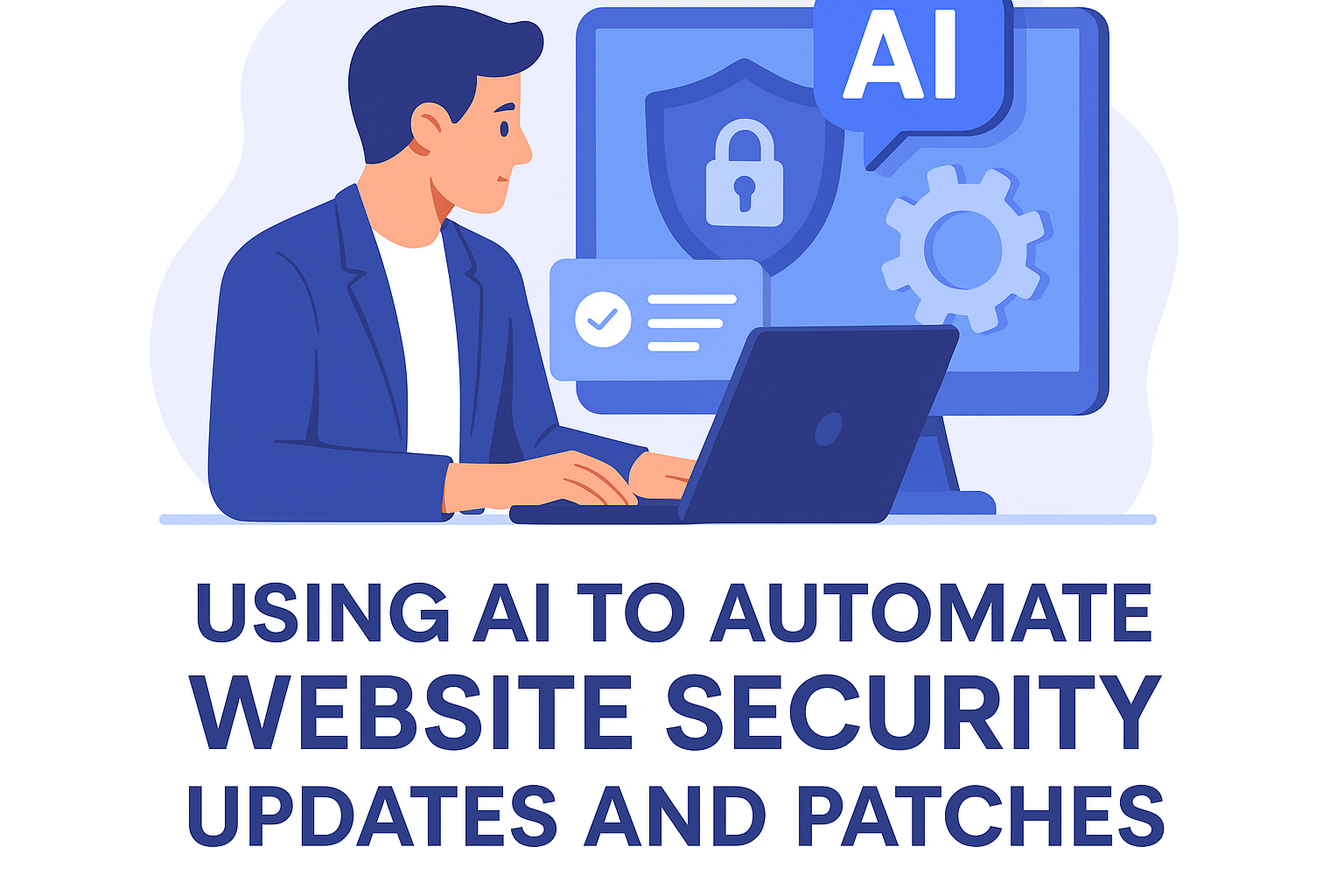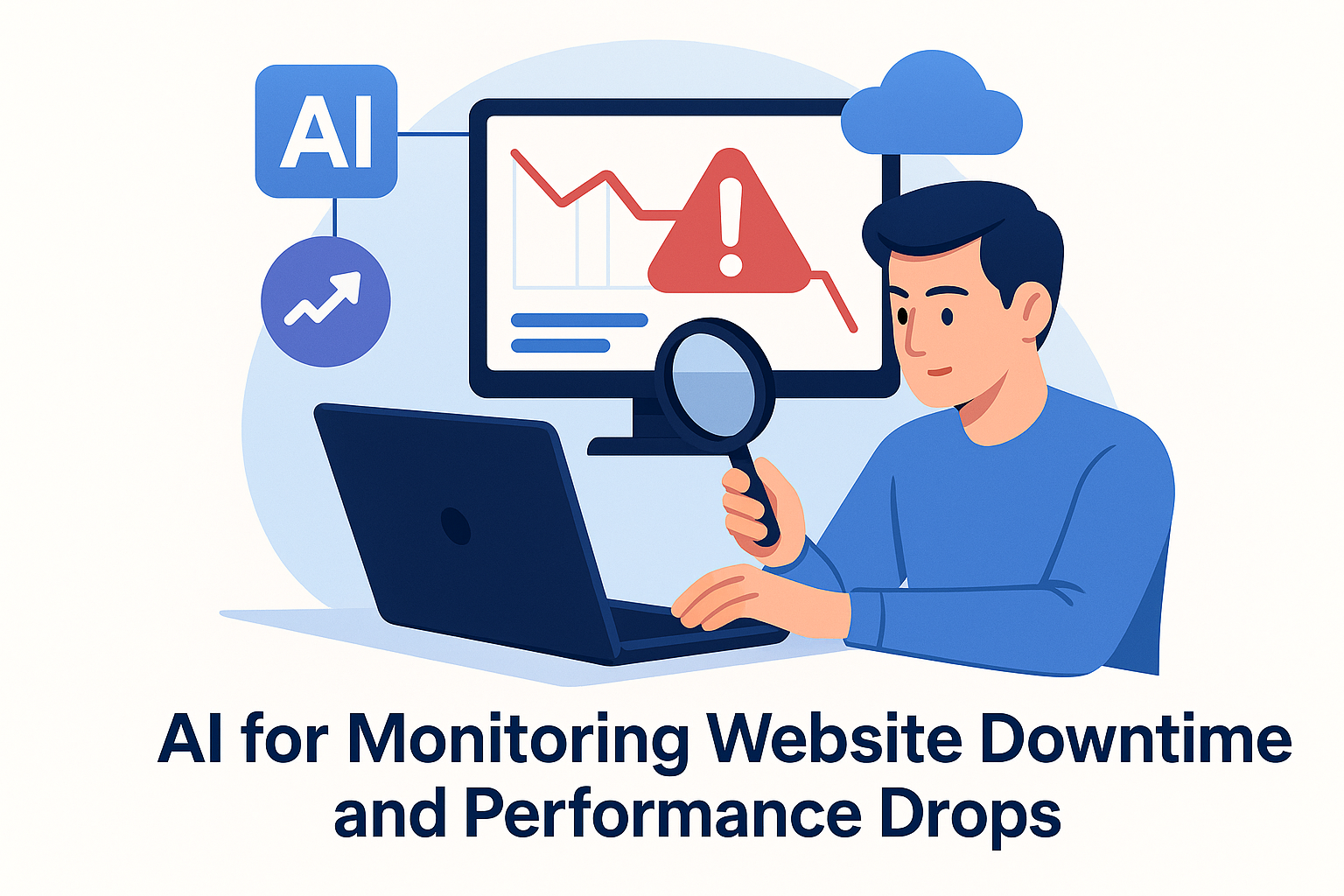Broken link building has been a trusted SEO tactic for years—but most people avoid it because it’s slow, manual, and time-consuming.
That’s changing fast.
In 2025, AI can automate the broken link building process, helping you find high-authority opportunities, craft outreach emails, and secure backlinks—all in a fraction of the time it used to take.
Whether you’re a DIY marketer, small business owner, or agency SEO, this guide will show you how to use tools like DIYSEO GPT, DIYSEO AI Writer, and DIYSEO Link Marketplace** to turn dead links into SEO wins.
What Is Broken Link Building?
Broken link building is the process of:
- Finding pages on other websites that have dead (404) outbound links
- Creating or recommending your content as a replacement
- Reaching out to the site owner and suggesting they update the broken link to point to your site
When done right, it’s a win-win:
- Website owners fix broken content
- You earn a quality backlink
- Search engines and users get a better experience
Why AI Makes Broken Link Building Easier (and Smarter)
Traditional broken link building includes:
- Manually crawling pages
- Checking links one by one
- Emailing site owners individually
- Crafting personalized pitch messages
- Tracking replies and link updates
AI eliminates the bottlenecks by automating:
✅ Broken link discovery
✅ Opportunity qualification
✅ Content matching or creation
✅ Outreach email generation
✅ CRM-style follow-ups and response tracking
Let’s look at how to implement this step-by-step using DIYSEO tools.
Step 1: Find Broken Link Opportunities with DIYSEO GPT
Prompt:
“Find broken links on high-authority sites in the [your niche] space that relate to [your topic].”
DIYSEO GPT uses a blend of Google search operators, backlink scans, and third-party data (from sources like SEMrush and Moz) to:
- Identify broken outbound links on pages with good authority
- Filter by domain relevance and SEO value
- Group them by topical cluster so you can match or create content
Example: You run a fitness blog and ask DIYSEO GPT to find broken links in the “home workout” niche. It returns:
- A .edu domain with a dead link to an outdated exercise guide
- A health blog linking to a removed YouTube video
- A local fitness directory with outdated resource links
Each opportunity is ranked by relevance and backlink value.
Step 2: Match (or Create) the Right Replacement Content
Once you’ve identified a list of broken link targets, you’ll need a suitable page to offer as a replacement.
Option A: Use Existing Content
Prompt:
“Which of my published blog posts would make a good replacement for this broken link?”
DIYSEO GPT compares your current content against the original linked URL (or archive version) and gives you the best-fit match.
Option B: Create a New Asset with DIYSEO AI Writer
If you don’t have a close enough match, you can generate one quickly.
Prompt:
“Write a 1,000-word guide on at-home HIIT workouts to replace a broken link on a university health site.”
DIYSEO AI Writer will generate high-quality, SEO-optimized content with:
- Headings and subheadings
- Structured formatting
- A natural tone suitable for outreach
- Keyword optimization based on the original page’s context
In many cases, this new post can also attract organic traffic on its own.
Step 3: Generate Personalized Outreach Emails with AI
Prompt:
“Write a personalized email to suggest replacing a broken link on [URL] with my article [your link]. Be polite and helpful.”
DIYSEO GPT will generate:
- A warm, non-spammy subject line
- A 3–4 sentence message acknowledging the broken link
- A call-to-action to review your replacement content
- Optional follow-up reminders or alternative contact templates
Example:
Hi [Name],
I was reading your article on [topic] and noticed one of the links is no longer working—specifically the one pointing to [broken URL].
I’ve created a similar (and updated) resource that might be a good replacement. Here it is: [your link].
Hope it’s helpful! Let me know what you think.
—[Your Name]
You can export these messages as part of a bulk outreach campaign or send them one by one.
Step 4: Track and Manage Outreach at Scale
Prompt:
“Track the open and response status of my broken link building outreach and suggest follow-ups.”
DIYSEO GPT acts as your lightweight CRM, providing:
- A spreadsheet-style view of contact progress
- Recommended follow-up messages at 7- or 14-day intervals
- Alerts for bounced emails or unsubscribes
- Summary reports for weekly wins
This makes it easy to scale your link-building with minimal manual tracking.
Bonus: Use DIYSEO Link Marketplace to Supplement Your Strategy
Not every broken link building attempt will result in a win. That’s where DIYSEO Link Marketplace fills in the gaps.
While AI helps you pursue free, earned links through broken link building, the marketplace lets you:
- Acquire guaranteed backlinks from vetted, niche-relevant publishers
- Filter by Domain Authority, traffic, location, or price
- Save time on outreach by selecting ready-to-go opportunities
Use both in tandem for a blended SEO strategy that combines outreach with control and consistency.
Real-World Use Case: AI-Powered Broken Link Success
Business: E-commerce site selling eco-friendly kitchen products
Challenge: Needed high-quality backlinks without massive spend
Solution:
- Used DIYSEO GPT to find broken links on sustainability blogs
- Discovered 12+ sites with outdated “zero waste kitchen” guides
- Created a new blog post using DIYSEO AI Writer
- Sent outreach emails to all 12 sites using AI-generated templates
- Secured 5 high-DA backlinks within 21 days
- Supplemented with 3 more paid links via DIYSEO Link Marketplace
Results:
- New post ranked on Page 1 for “zero waste kitchen tips”
- Organic traffic increased 28% in 30 days
- Domain authority climbed from 32 to 37
Best Practices for Broken Link Building with AI
| Task | Tip |
|---|---|
| Finding links | Use GPT to identify broken outbound links on niche-relevant blogs and resources |
| Content match | Match tone and topic of original link as closely as possible |
| Outreach | Keep it personal, concise, and helpful—not salesy |
| Tracking | Follow up at least once, 7–10 days after initial contact |
| Timing | Avoid contacting just after site redesigns or during holidays |
| Scaling | Use DIYSEO AI Writer + Link Marketplace to balance volume with quality |
Final Thoughts
Broken link building doesn’t have to be tedious. With AI, it becomes one of the fastest, most scalable ways to earn backlinks in 2025.
Use DIYSEO GPT to automate discovery, outreach, and tracking. Use DIYSEO AI Writer to create optimized content that wins replacements. And use DIYSEO Link Marketplace to fill in the gaps with high-value, publisher-verified links.
Easy wins are just one broken link (and one AI prompt) away.
Frequently Asked Questions
1. What is broken link building and how does it benefit my website?
Broken link building is an SEO strategy where you identify links on websites that no longer lead to active pages and suggest replacing these broken links with links to your content. This not only adds value to the site owners who want to improve their user experience but also benefits your website by increasing backlinks, thereby enhancing your site’s authority and potentially improving its search engine ranking. Imagine the digital landscape as a web of paths, and each link as a route; your goal is to ensure the path leads to valuable destinations. When you substitute a broken link with your own, you’re creating shortcuts right back to your content, exposing more visitors to your site.
2. How can AI automate the broken link building process?
AI can significantly streamline the broken link building process by taking over tasks that are typically labor-intensive and time-consuming. Traditionally, webmasters would need to manually scurry through hundreds of pages, looking for broken links. However, AI can now automate this by crawling websites much like search engine bots do, systematically identifying broken links on a massive scale quickly and efficiently. Once detected, AI can even help suggest relevant replacement links from your content or highly correlatable domains. This automation saves valuable time and resources, allowing you to focus on creating high-quality content rather than the tedious link-building process.
3. Will AI-based broken link building affect the quality of links or user experience?
On the contrary, AI can enhance the quality of links and improve user experience. Since AI is capable of vast data analysis, it can ensure that the suggested links are not only relevant but also add considerable value to the user. By promptly finding and replacing broken links with pertinent and high-quality links, AI helps maintain the integrity and utility of web pages, ensuring users face fewer dead ends and enjoy a more seamless navigation experience. An effective AI system doesn’t just swap out links but does so in a way that maintains or even elevates the thematic relevance of the page content.
4. Are there any challenges to using AI for broken link building?
While AI offers tremendous potential, there are a few challenges to consider. Setting up an AI system requires investment in the correct technologies and expertise to tailor them to your specific needs. Training AI models to understand the intricacies of broken link analysis and link relevance determination involves a learning curve. As the AI becomes more adept, however, it becomes a powerful tool. Businesses should be prepared for an initial time investment before reaping the benefits of AI automation but rest assured, these challenges are part of the transitional phase toward a more streamlined operation.
5. How can I implement AI-driven broken link building in my business?
To implement AI in your broken link building strategy, you’ll begin by researching and selecting AI tools or platforms reputed for this purpose. Many AI-powered SEO tools offer broken link detection as part of their suite, often with analytics and automation capabilities built-in. You’ll need to integrate these tools with your existing SEO strategy seamlessly. It’s wise to start by defining your goals clearly, understanding the specific needs of your audience, and then tailoring your link building efforts accordingly. Engaging with professionals skilled in AI technology may also be beneficial to accelerate this transition. Once operational, always ensure you keep monitoring and fine-tuning your AI processes to maximize effectiveness and stay aligned with your broader business objectives. AI is best used as part of a holistic SEO strategy that involves human oversight alongside intelligent automation.



